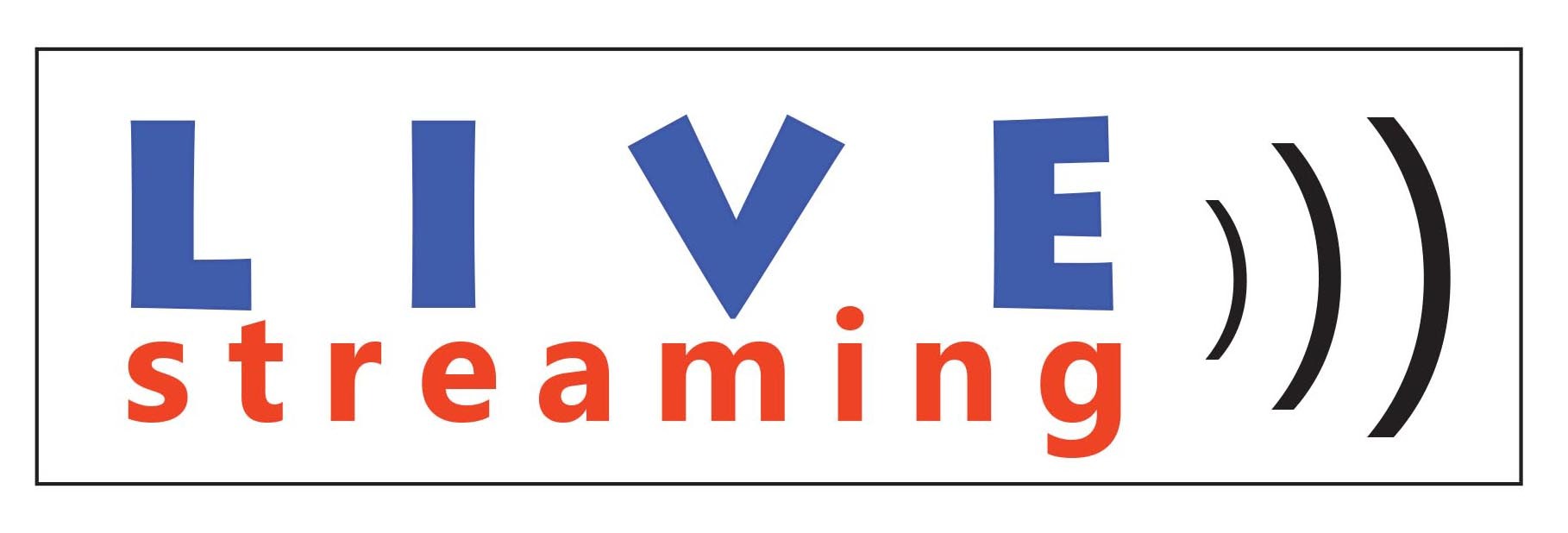Shabbat Shalom with a Heart Healthy Dose of Torah–Tazria/Metzora
Sometimes I wonder why we work so hard to build bridges between people. You know, there are people with whom we are better off not associating. No, we don’t like admitting this deep dark truth. We really want to believe that we can have a positive and close relationship with anyone, but we all have those people (some close and others remote) with whom we just want no contact. It may be that they do horrible things on the world stage. It may be that they have negatively and directly impacted our own lives. Each of us has people on this list. Still though, our daily liturgy reminds us that our religious tradition demands that we turn our enemy into our friend. We may want to avoid someone (or worse engage them in horrible ways), but our tradition does not allow us to do this. You will thus understand why the rhetoric and tenor of our current alienating conversations grieve me so. To take a stand on anything runs the risk of alienating people as our “skin” gets only thinner.
As you know, I read Torah through a lens that makes ancient text speak with a modern and relevant voice. Normally, this week presents Rabbis with a real conundrum. Tazria / Metzora focuses on skin afflictions. Tradition likes to call this affliction leprosy, and in commentary, includes every medical plague and malady. Many speak of the affliction allegorically and relate the affliction to spiritual impurity and evil speech.
Even while I cannot get around the idea that as we become more “thin skinned” (and hence more deeply afflicted), I find hope in the application of the precept. What happens after one becomes afflicted and perhaps contagious? According to the text, the High Priest inspects the afflicted areas and must decide whether or not the “metzorah (one bearing the disease)” must leave camp.
Here is the conundrum: All priests descend from Aaron. Our tradition says that one must strive to be like Aaron; loving peace and pursuing it; loving God’s creatures bringing each closer to Torah.
It is easy to love peace, but pursuing it is another matter. Running after something requires a lot of effort and even more sagacious judgment. The priest’s job is to bring people together; to get people past/through their own baggage; to build an inclusive community that nurtures and cares for each of its citizens. In fact, the late Rebbe (Menachem Schneerson) taught that even if one is afflicted with the skin disease, he is not considered a “metzorah” until the priest says so. It is not the disease that exiles one from camp; it is the word of the priest that does it. Given the over-all charge of the priest to build community, exiling an individual is antithetical to his sacred “call” in life.
See, the Priest never knows which happened first, since they both have to be in place, before it even comes to his attention. The Talmud teaches that Rabbis once debated “If the white patch preceded the white hair, it is impure; if the white hair preceded the white patch, it is pure; but what if there is doubt (as to which came first)? God declared, “It is pure.” The entire Academy said: “It is impure.” They went to ask the wisest of the sages, Rabbah bar Nachmeini. Without batting an eye, he said, “Pure, pure. (Bava Metzia 86a).” Since we never know for sure, removing all speculation and doubt as to a person’s purity, the Priest declares him pure … and he remains in camp.
Torah teaches us that we are a Mamlechet Kohanim (kingdom of priests). Each of us must respond the way in which Nachmeini responded. Even when we might believe that we have good reason to dismiss someone (a metzorah), we can’t. We have to pledge to work harder in bringing peace between people and heal the affliction that separates us. Shabbat Shalom.

